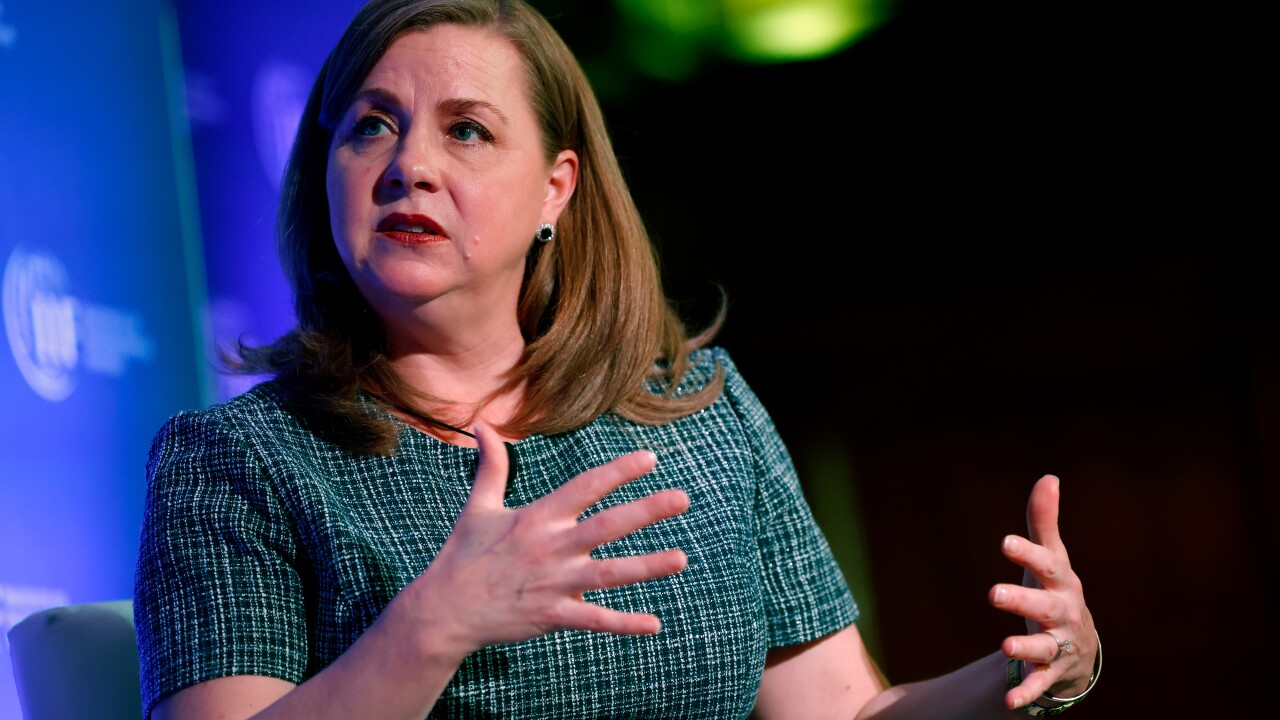Recruiting a CEO – or any executive-level position – could be markedly harder for credit unions in 2020.
From a shrinking industry – with credit unions consolidating at an average of roughly one per day – to the best employment market in decades, credit unions could have their work cut out for them filling out the C-suite.
“The competition for talent is getting more fierce,” noted Peter Myers, SVP at DDJ Myers, a recruiting and executive development firm that regularly works with credit unions. “On top of that, we have an aging population at a clip of 10,000 baby boomers per day turning 65.” While not all of those boomers are retiring yet, it increases the likelihood of retirement in the near future.

There were roughly 5,200 credit unions operating at the end of September, the most recent data available, so barring CEO sharing arrangements at a handful of credit unions, there were roughly 5,000 credit union CEOs working at the end of the decade. At the start of 2010, however, there were more than 7,500 credit unions operating, meaning the number of CEOs representing the industry declined by roughly 30%.
“All of the boomers that were planning on retiring back in ’08 and ’09 and couldn’t because their 401(k)s were cut in half … they are now,” said Maria Kell, regional managing director at Texas-based BCC. “All the people who were planning on retiring [in 2020] plus that spillover has really created more openings than I’ve ever seen before.”
Sarah Hilton, VP at D. Hilton Associates, suggested after a slow summer the number of executive openings at credit unions ramped up as 2019 drew to a close. This year and next are likely to be busy with extensive turnover at the top of many institutions, she said.
“We’re seeing baby boomers continue to retire [but] we’re also seeing a lot of CEO fatigue, she said. “A lot of CEOs who have been in place a long time and maybe thought they wanted to work a few more years have opted to go ahead and retire. The marketplace is more challenging, [and] the skills and overall resources for credit unions to be successful continue to evolve. That can be daunting to some extent, so we’re seeing a lot of CEOs who are choosing to retire.”
Kell said the biggest challenge entering 2020 is “the more-than-normal number of job openings” in the industry. And recruiting experts say credit unions simply aren’t prepared. Succession planning is key, sources said, but so is ensuring that junior members of the executive team are happy, challenged and well compensated – what Kell called a set of “golden handcuffs” to keep those staffers in place so they can’t be recruited away to other institutions and potentially hamper succession-planning efforts.
“One thing boards and credit unions struggle with today is they have had a CEO in place for 30 years, and that’s most likely not going to be the case in today’s environment,” said Hilton. “Most people moving into those CEO roles don’t have that type of runway. These organizations are increasingly complex the larger they are and the job environment is changing. There’s more competition for great talent, so having retention tools in place is really essential right now for credit unions who want to keep that talent.”
Those include strategies such as supplemental executive retirement plans or other long-term incentives. “When people are leaving a lot of money on the table that they won’t get until five or seven years down the road” it’s tougher for other institutions to lure those executives away, she added.
Smaller CUs, bigger challenges
While larger credit unions may be able to offer financial incentives to keep valued executives or lure in new ones, small credit unions often don’t have that luxury. Not only are many of them struggling just to keep the lights on, a large percentage of smaller shops have only a few staffers other than the chief executive and they may not be ready to step into CEO role.
“It is hard to attract, develop and keep someone with all those kinds of skills when the ability to run a small credit union is getting dramatically harder every year,” said Myers, adding that it’s not uncommon for small credit unions to merge simply because a CEO retired or moved on and the board couldn’t find a successor.
And it gets even harder for credit unions in less populated areas where there may be fewer financial services executives on the market and where recruitment involving relocation is a challenge.
“Small credit unions typically can’t even afford to hire a recruiter to go find someone…so if I can’t pick from somebody locally I probably don’t have the funds to hire a headhunter to recruit somebody from far away,” said Kell.
One solution a few credit unions have undertaken is a CEO-sharing arrangement, where one executive runs multiple institutions, sometimes in disparate locations. While a handful of credit unions have tried it, the trend has not caught on widely.
Executives eyeing retirement should also be cognizant of their role in the process. With a strong economy and stock market, some long-serving leaders may be riding out the good times as long as they can in the hopes of keeping the momentum going at their credit union and bolstering their retirement savings at the same time. That could be a mistake – and it could harm the credit union.
“There is absolutely a risk in waiting too long,” said Hilton. “Waiting means maybe you don’t have the energy to continue to focus on the organization’s strategic plan. A [possible] economic downturn just makes that more challenging, and it’s going to make it harder for a successful and easy transition. That’s all the more reason to focus on developing internal talent and talent throughout the industry, and being transparent with retirement timelines.”





